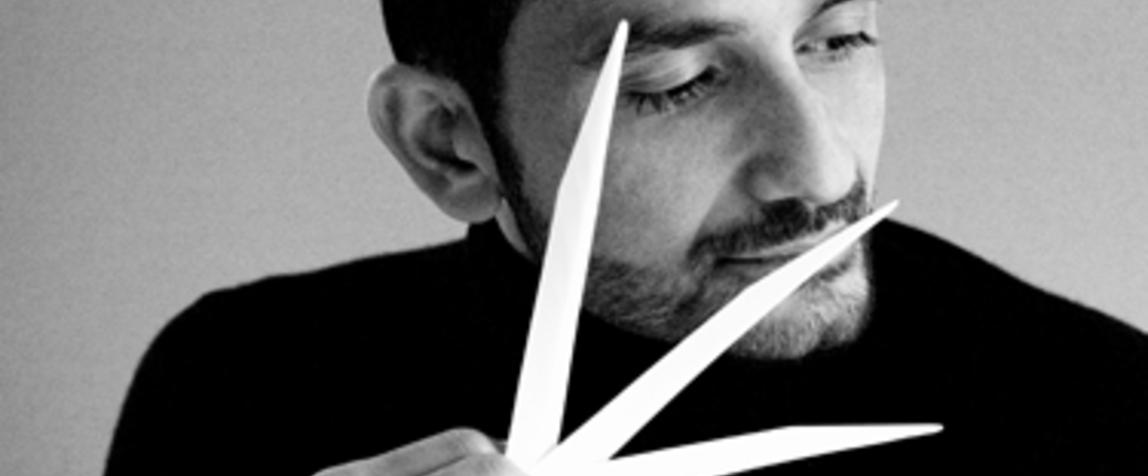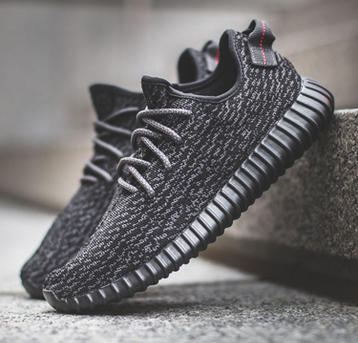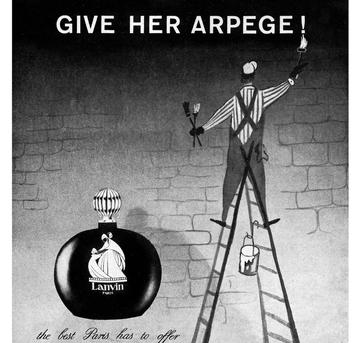LVMH buys majority stake in Francis Kurkdjian; the four hottest areas for beauty buyouts - big and small; Pumpkin Patch finds a buyer; and the top 10 best-selling mascaras on Amazon.
LVMH buys majority stake in Francis Kurkdjian
Perfume lovers are very familiar with the name Francis Kurkdjian. Not only for his own brand company but also as the creator of some of the world's best-selling fragrances, including Jean Paul Gaultier Le Male, Elie Saab Le Parfum, Burberry My Burberry and Narciso Rodriguez for Her. The talented French nose founded Maison Francis Kurkdjian in 2009 and the label's exy perfumes are sold in more than 500 outlets worldwide in over 40 countries.
Sales of niche luxury fragrances are growing in double digits and Maison Francis Kurkdjian pulls in between $AU21 million and $AU28 million a year. The big players have been snapping up such successful independents for some time now. Estée Lauder acquired By Kilian and Editions de Parfums Frederic Malle. Puig now owns L' Artisan Parfumeur and Penhaligon's and L'Oréal recently purchased Atelier Cologne.
LVMH, the world's largest luxury goods group and parent company of Sephora, has bought a majority stake in Maison Francis Kurkdjian for an undisclosed sum. The giant multinational's perfumes and cosmetics division enjoyed sales of 4.953 billion euros (AU7.02 billion) in 2016, fuelled by Christian Dior, Guerlain, Givenchy and Kenzo. LVMH has acquired the controlling stake in Maison Francis Kurkdjian "to pursue its growth, in particular international markets". Shorthand for the US, China and Russia.
The four hottest areas for beauty buyouts – big and small
Looking at acquisitions in the beauty industry on a case by case basis doesn't tell you much beyond the price if that. A bigger endgame is being played. Once an industry becomes mature in marketing terms, consolidation becomes a dead cert.
Many beauty and personal care markets in developed countries, notably the US and Europe, are experiencing low single digit growth. They are among the biggest markets in the world, though, and beauty companies have to turn to inorganic growth to increase their returns. And that means more acquisitions of smaller, on-trend brands or bigger players in need of a turnaround or an injection of funds like The Body Shop and Elizabeth Arden.
According to a recent report – Shop or Drop: The Inevitable Path for Growth in Beauty – from leading management consultancy firm A.T. Kearney – about 60 per cent of beauty acquisitions involve the buyer seeking out new consumer segments where their current portfolio of brands can't gain enough traction. That's why innovative brands which appeal to Millennials and multicultural consumers are hot property. L'Oréal, for example, covered both sought-after bases with the acquisition of NYX Cosmetics and Carol's Daughter, the US ethic skin and haircare brand.
Why bother going through years of trials, a big R&D budget and regulatory approval if someone else has already done the work? About 20 per cent of buyouts involve larger beauty players buying innovations from smaller companies rather than developing their own. This strategy is particularly strong when there's a need for biotech and scientifically-backed formulas to round out a stable of brands. L'Oréal again comes to mind with its purchase of SkinCeuticals, the just-short-of-prescription skincare brand from the US.
About 12 per cent of acquisitions have one goal in mind – to gain access to new or bigger distribution channels such as e-commerce. Again, why build something up when you can buy a readymade network? The last of the Big 4-8 per cent of deals – is to expand geographic reach. Coty has made a number of acquisitions in Brazil, for example, to make deeper inroads into South America's biggest beauty market.
The master plan works, too, says A.T. Kearney. In contrast to multinationals and companies who don't get out the cheque book as often, frequent "shoppers" like Estée Lauder, L'Oréal, Coty and Unilever enjoy value growth rates of up to 26 per cent higher.
Pumpkin Patch finds a buyer
Sears was the Amazon of its day. But intense competition has pushed the heritage US retailer to the brink of bankruptcy. The same thing happened to Pumpkin Patch, the popular children's wear retailer which shuttered all its retail outlets last year, says Roy Morgan Research. Fashionable kids clobber from international retailers such as Zara and H&M and how-do-they-do-it prices from Cotton On and Kmart became too much for the Kiwi brand.
A corporate white knight has come to the rescue. Catch Group, owner of CatchOfTheDay, Scoopon, GroceryRun and Mumgo, has bought Pumpkin Patch for an undisclosed sum. The brand will be re-launched mid-year and enjoy a more upmarket positioning says Catch Group CEO, Nati Harpaz.
The top 10 best-selling mascaras on Amazon
L'Oréal has been acquiring American beauty brands for over two decades to gain a significant foothold in the American market. When the French giant's global sales were a third of what they are today in 1995, its most gutsy move was to buy Maybelline New York for $US508 million in cash. American regulators launched an anti-trust investigation because the combined mascara sales of L'Oréal Paris and Maybelline New York were so large they almost constituted what's known as monopolistic competition. A quick scan of the top-selling mascaras on Amazon reveals the continued dominance of L'Oréal Paris and Maybelline New York in the category. Sixty percent – 6 out of 10 – are products from the two mega-brands.
- Maybelline New York Great Lash in Brownish Black
- e.l.f Volumizing and Defining mascara
- L'Oréal Paris Voluminous Original
- Maybelline New York Lash Sensational Mascara in Blackest Black
- Blinc Mascara in Black
- L'Oréal Paris Voluminous Primer Mascara
- Maybelline New York Great Lash Clear Mascara for Lash and Brow
- TheBalm Mad Lash Mascara
- CoverGirl Clump Crusher Extensions Lash Blast Mascara
- Maybelline New York Volum' Express Colossal Cat Eyes Washable Mascara in Glam Black
Snippets from the wires
- Hermes had a roaring 2016. Net profits rose 13 per cent to $US1.19 billion. Leathergoods led the pack, putting in a strong performance to account for 50 per cent of sales. Perfumes also did very well.
- Christian Louboutin was the first shoe brand to venture into cosmetics. Birkenstock has followed suit, predictably with a natural skincare line. The Birkenstock Nature Care range will focus on the brand's German heritage and use some of ingredients its shoes are famous for such as cork oak extract.
- There are still plenty of people who think that getting a tan looks healthy, but they don't reach for a bottle or a can. According to a study from the Yale School of Public Health, natural tan fans are also six times more likely to be dependent on alcohol and five times more addicted to exercise.
- The global eyewear market has experienced a flurry of buyouts and mergers in the past six months. French luxury goods multinational Kering will team with Cartier to develop and distribute the prestige jeweller's eyewear collection in the first quarter of next year.




